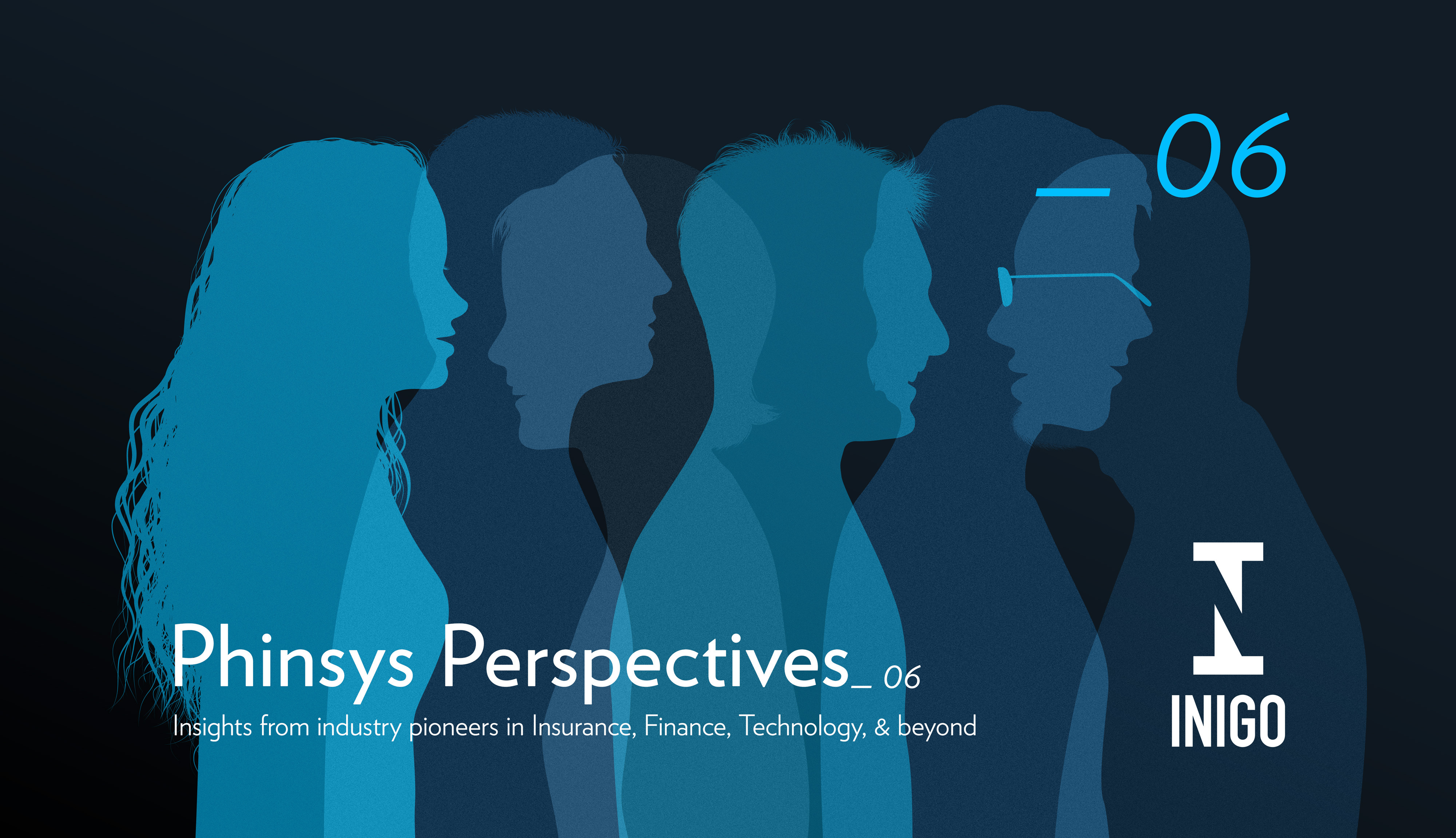







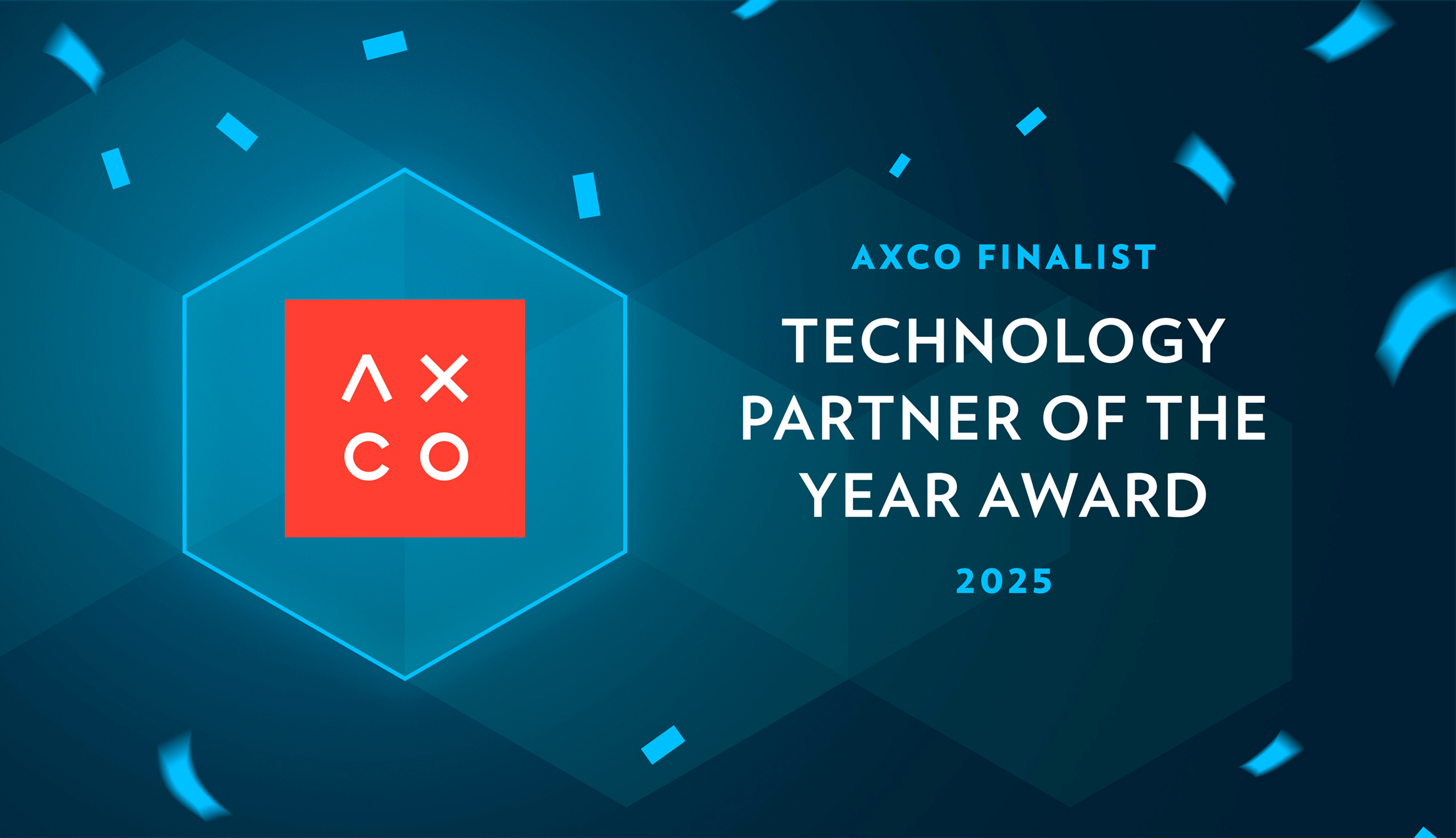

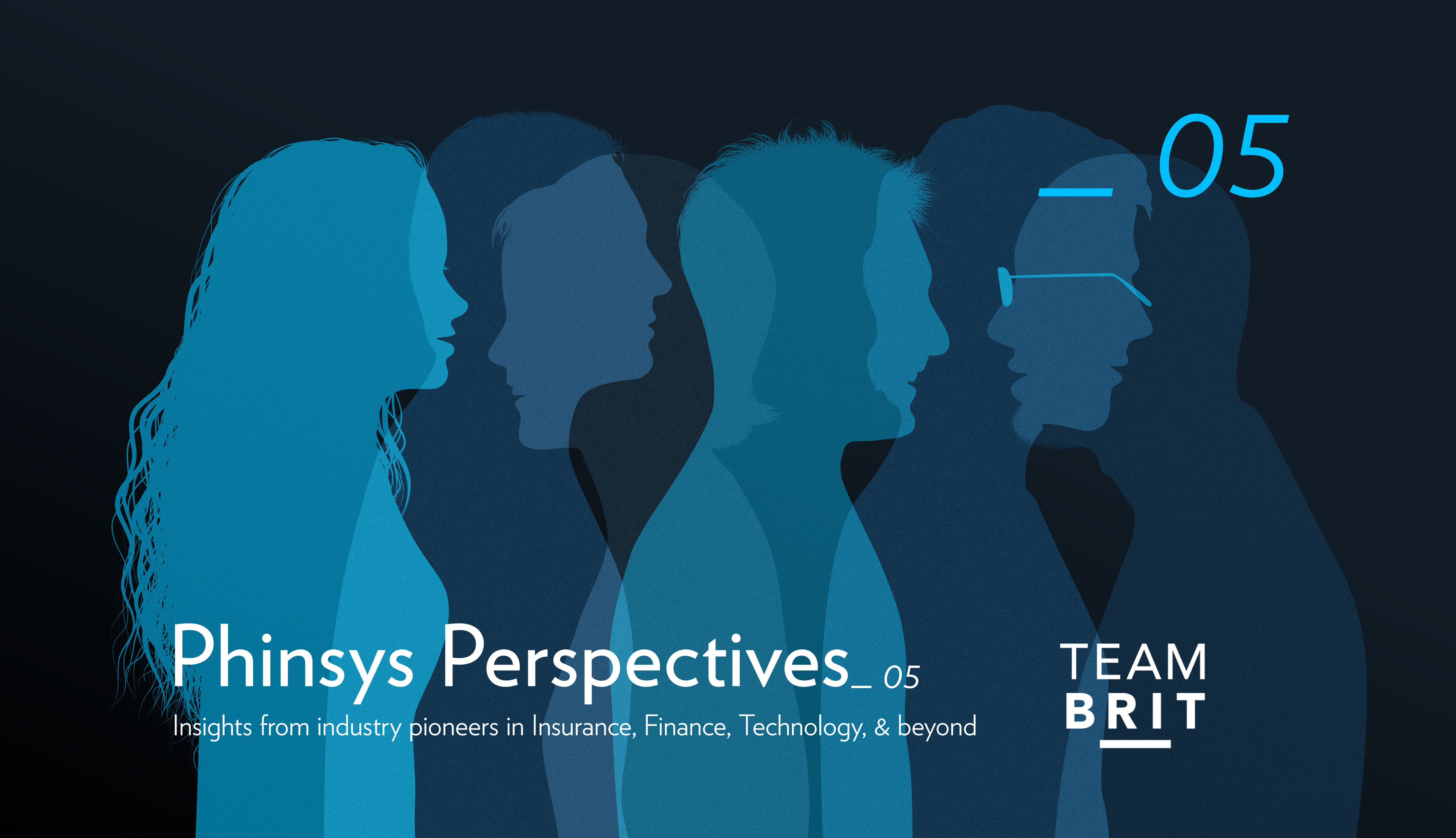

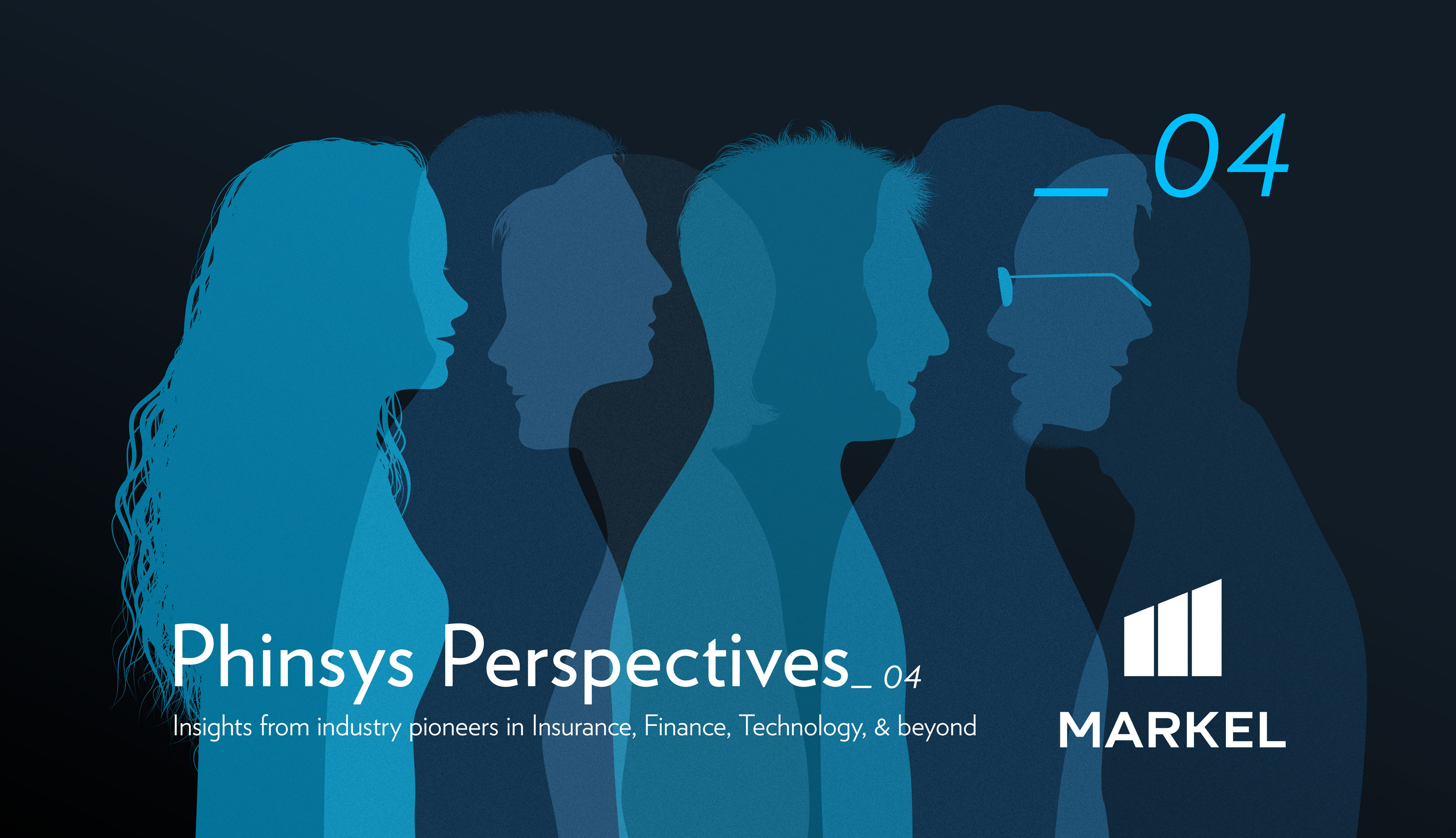

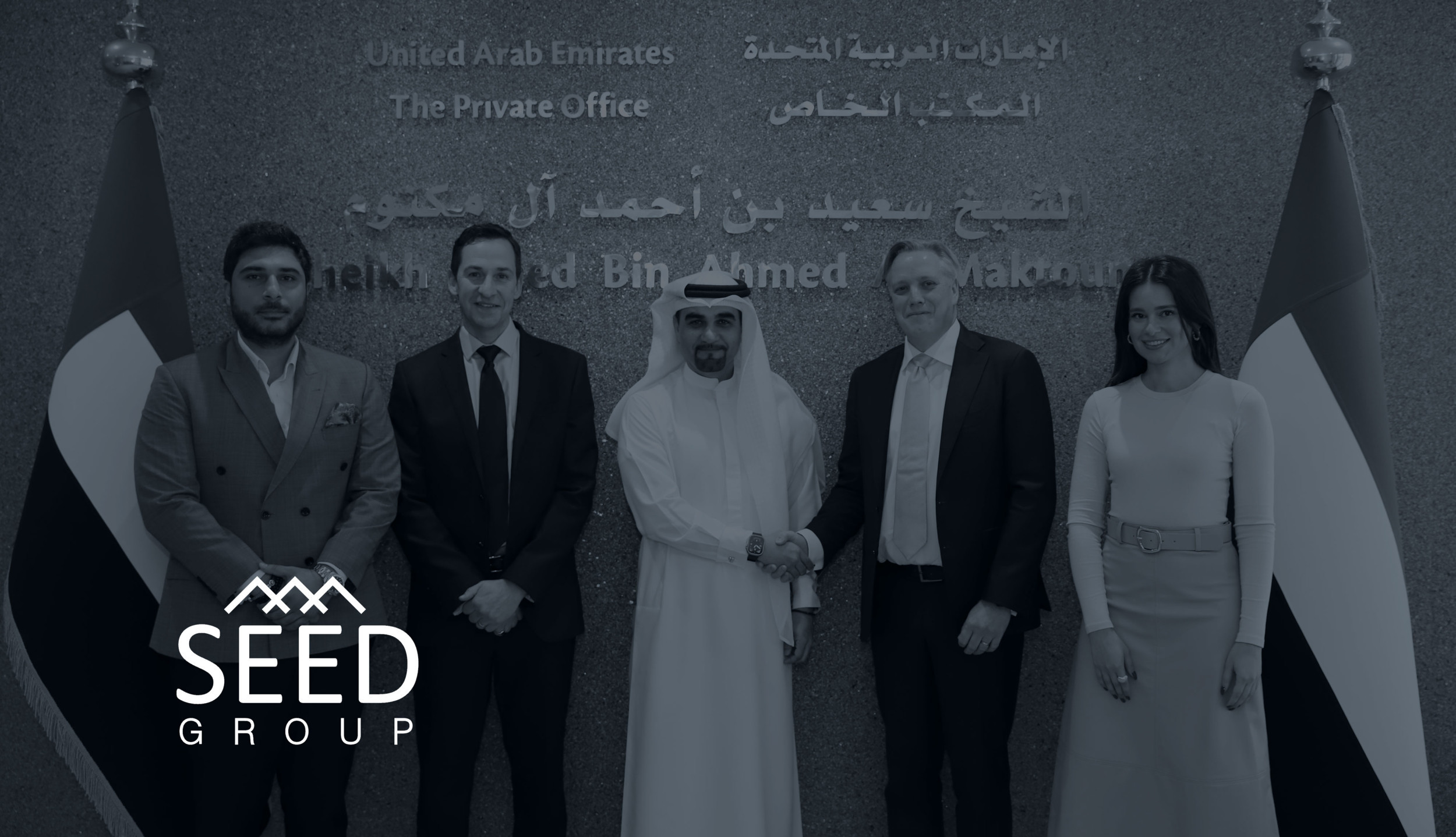

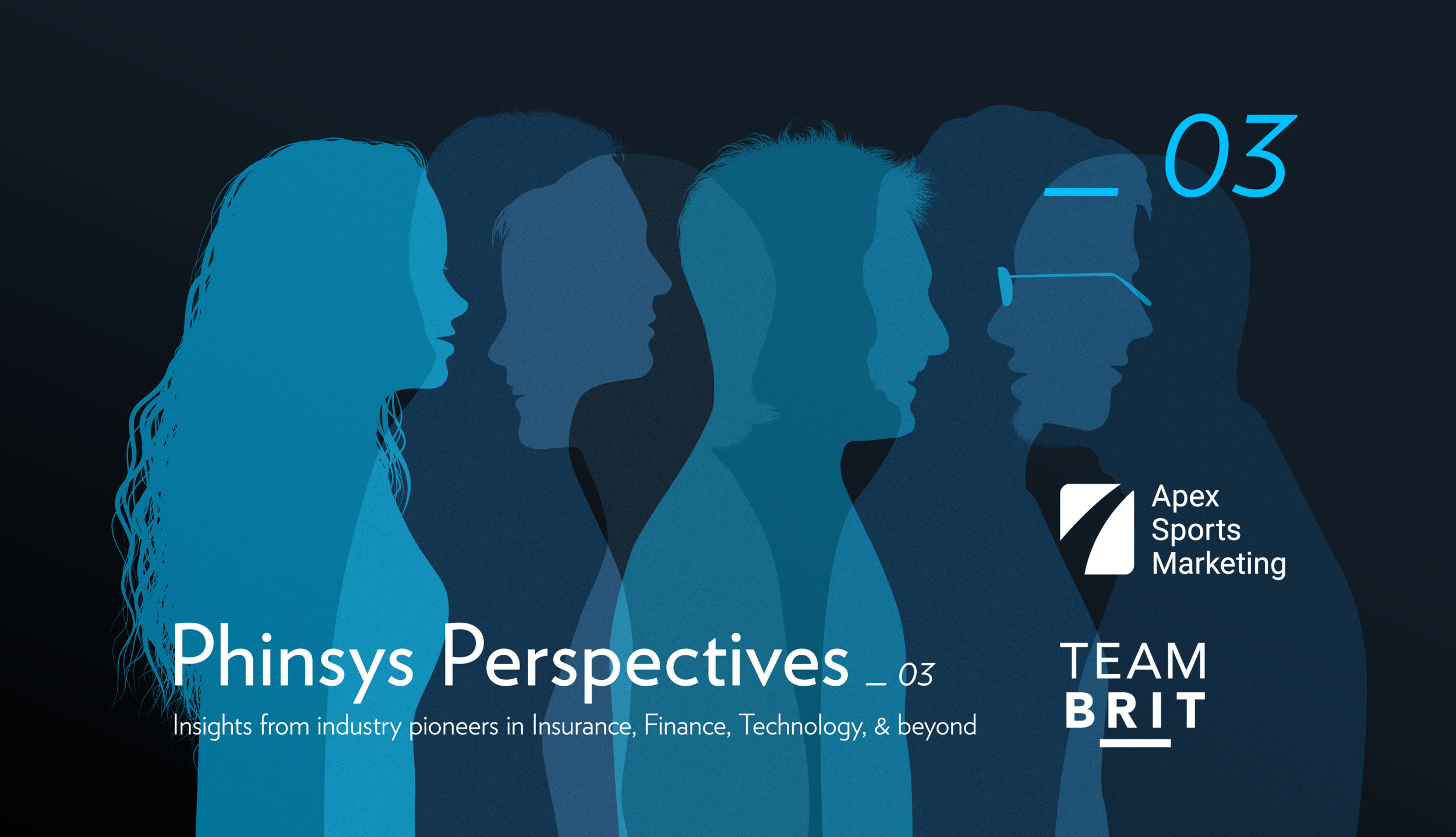

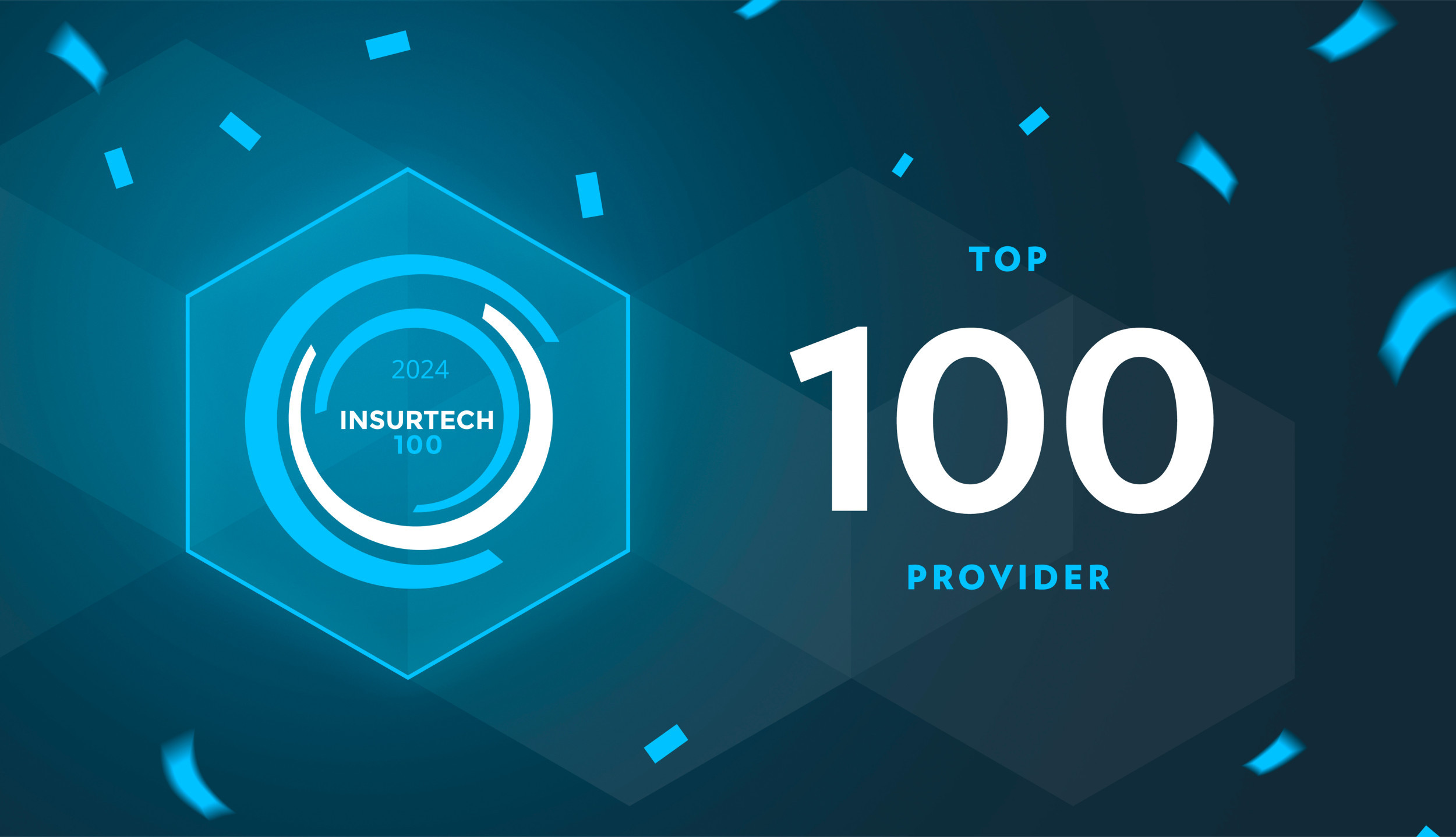







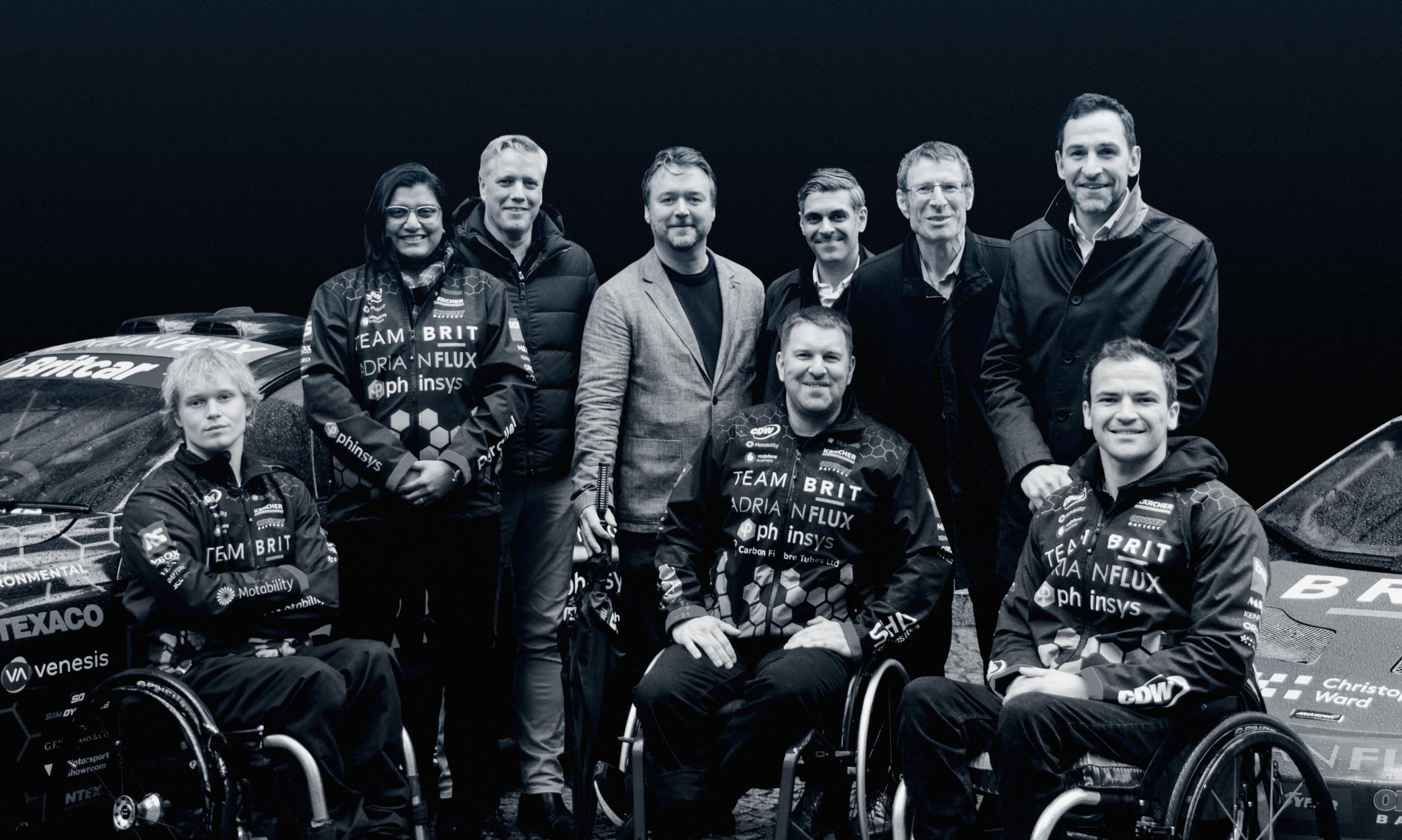

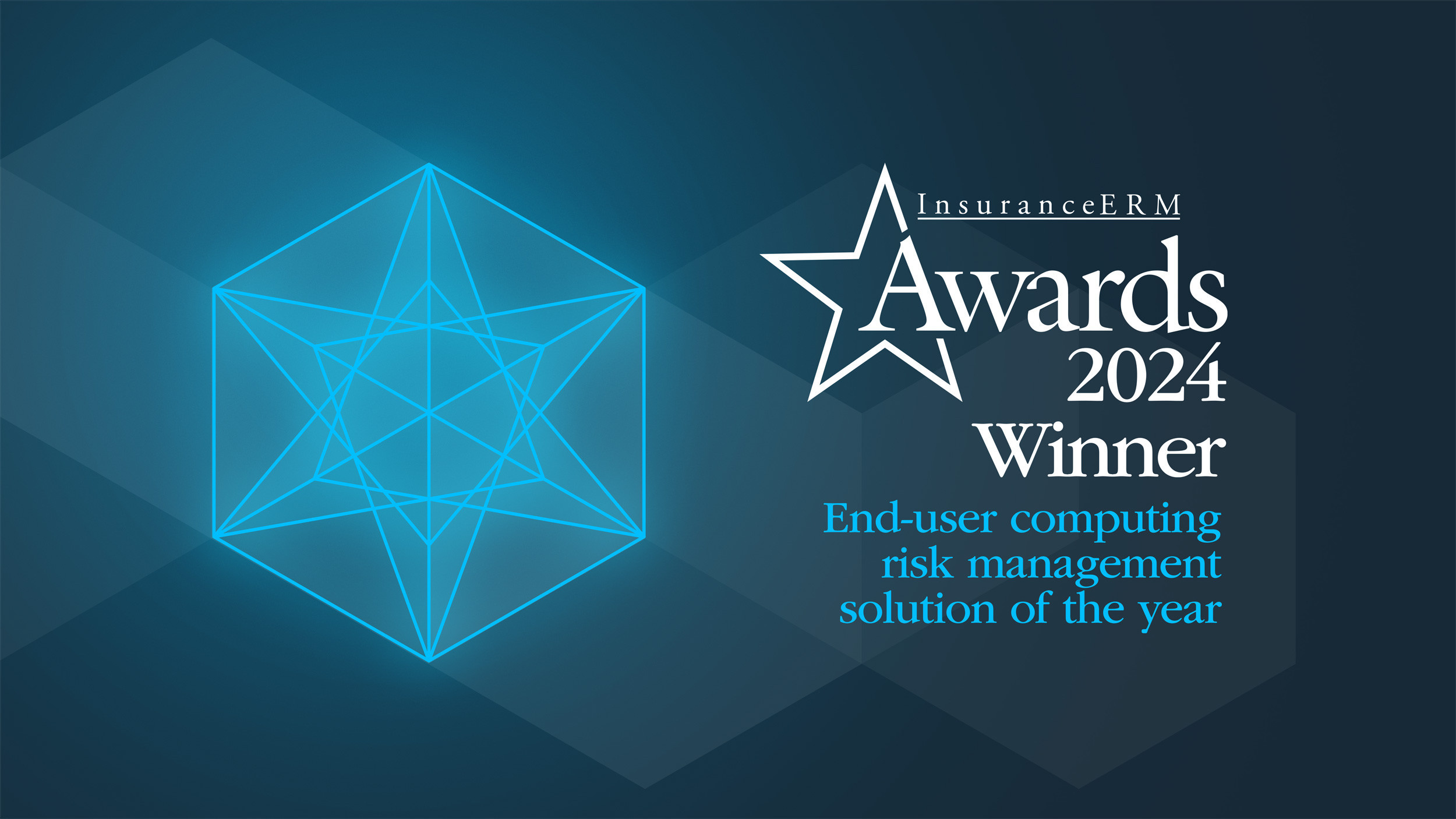



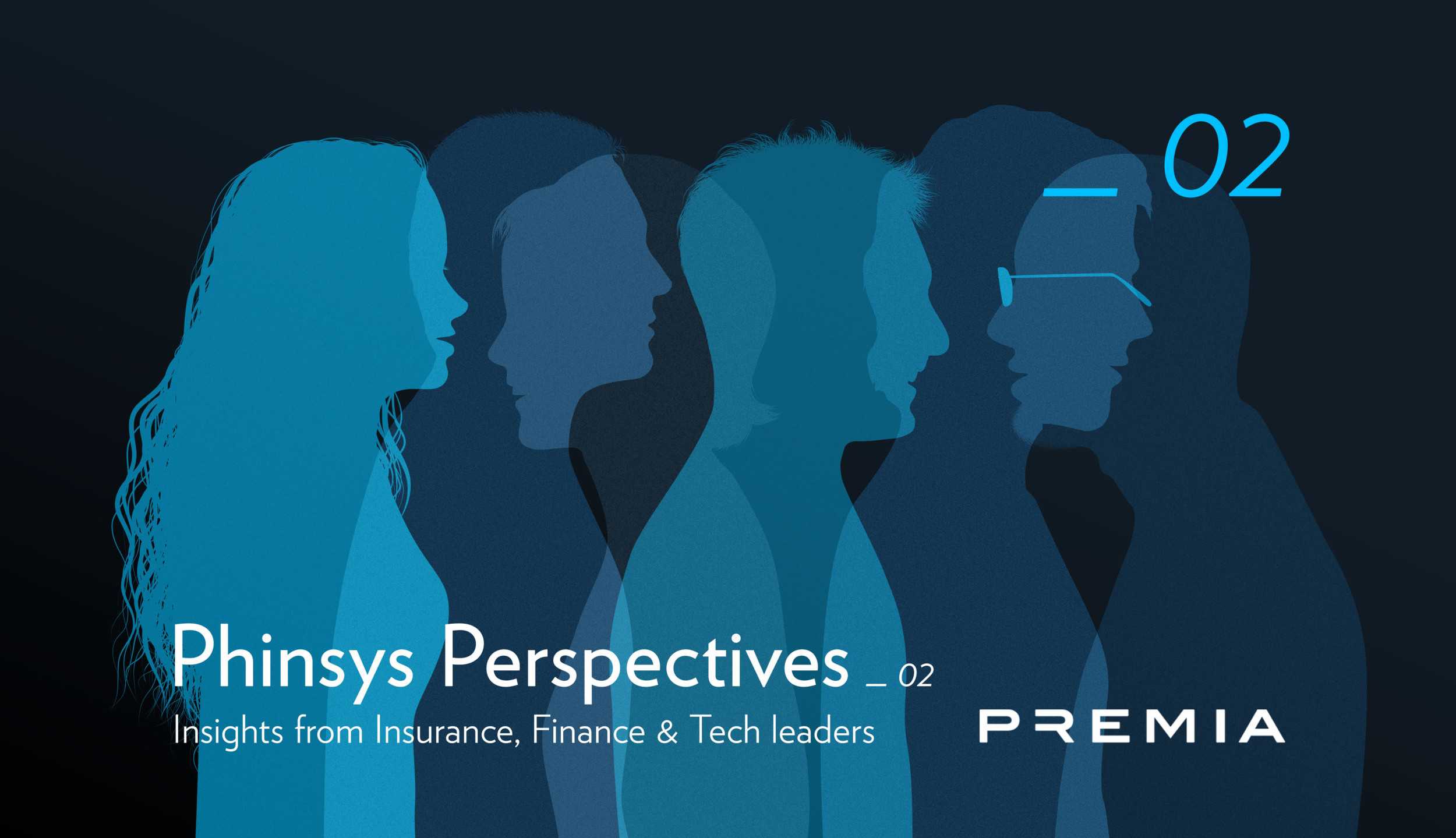

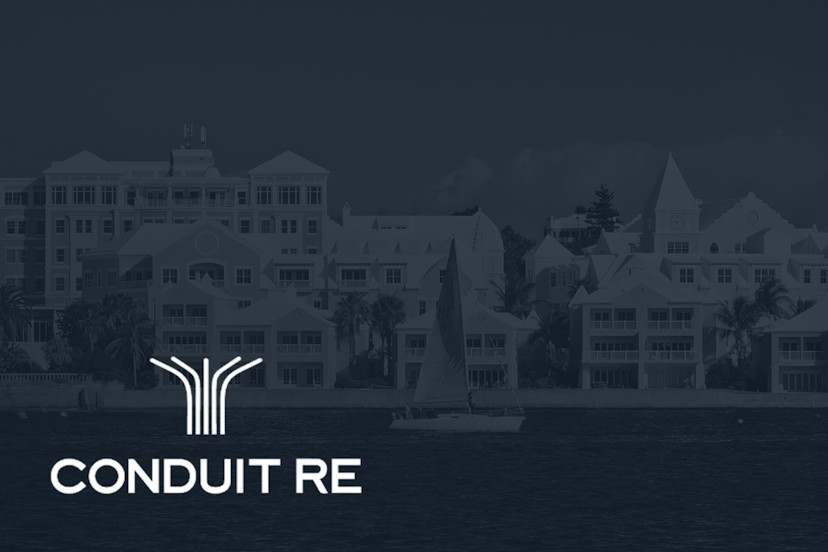



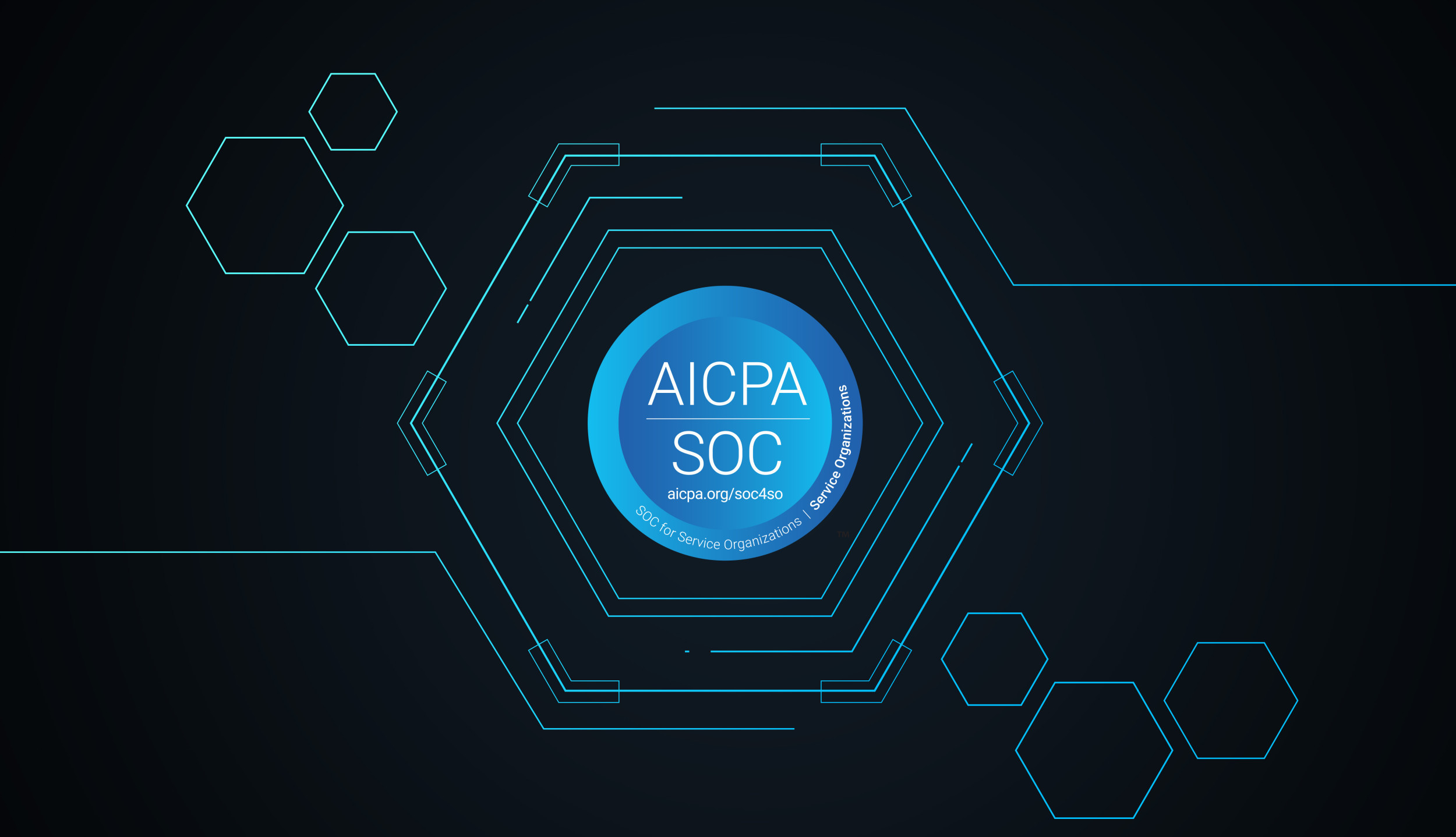

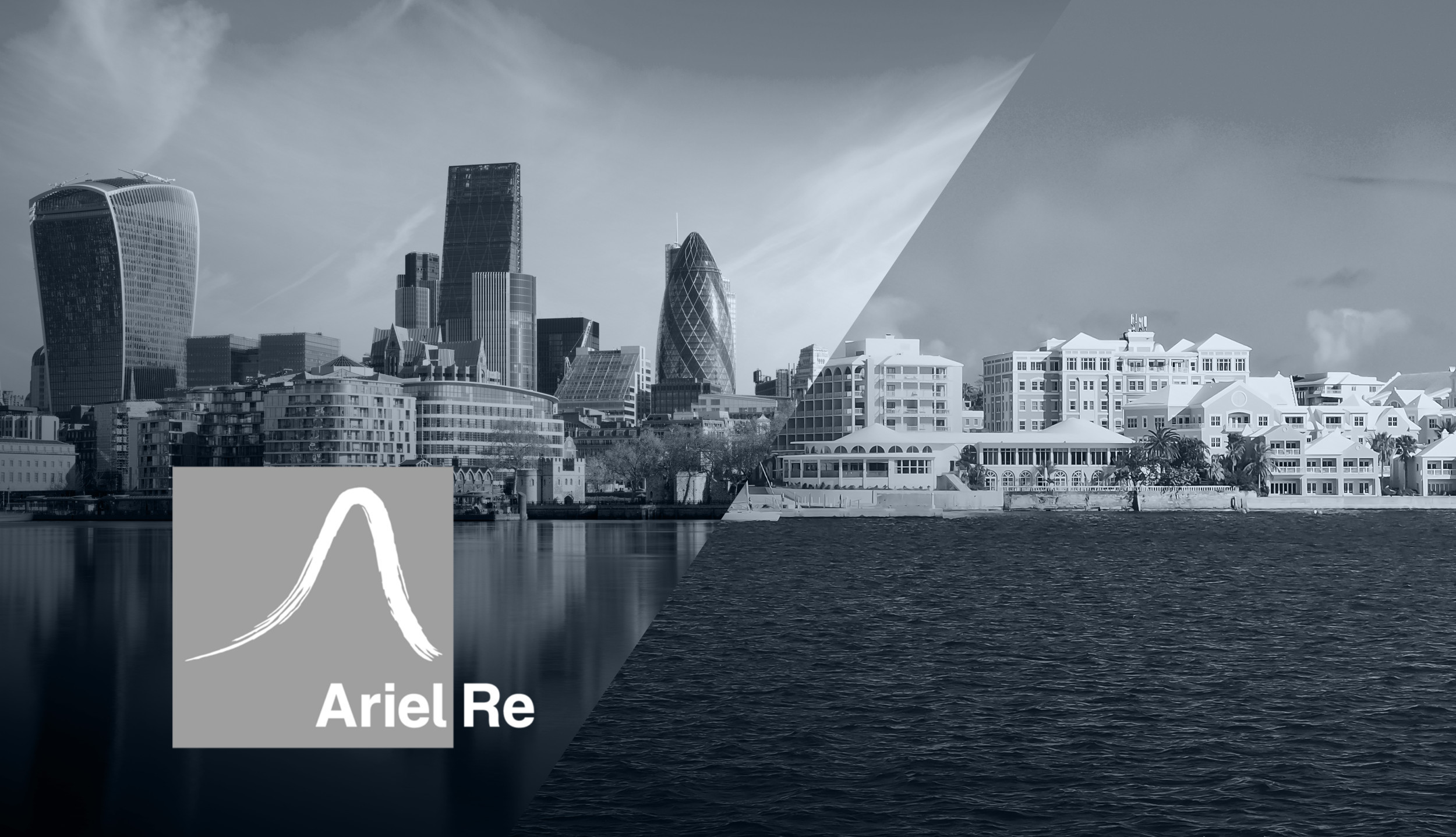

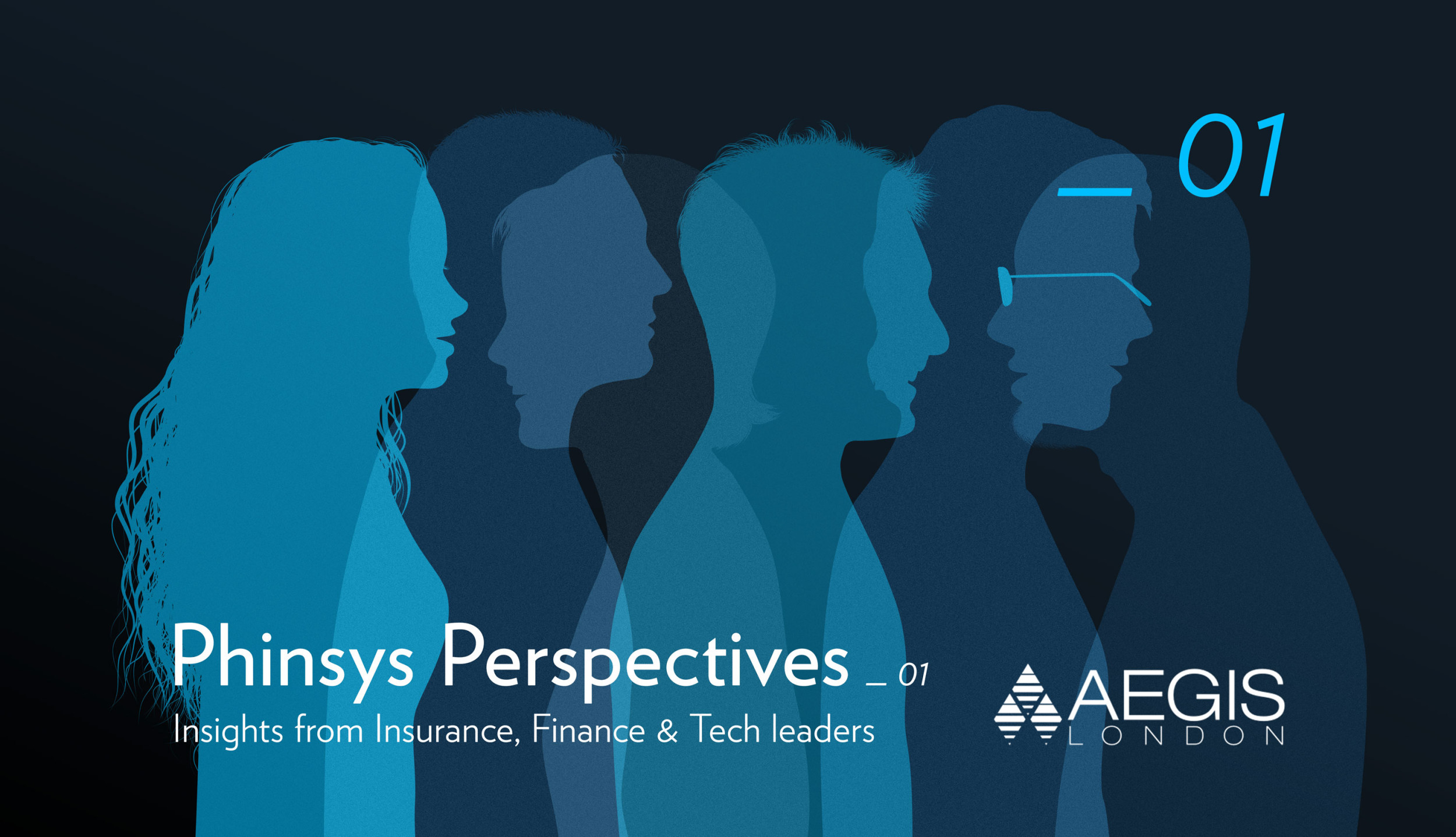







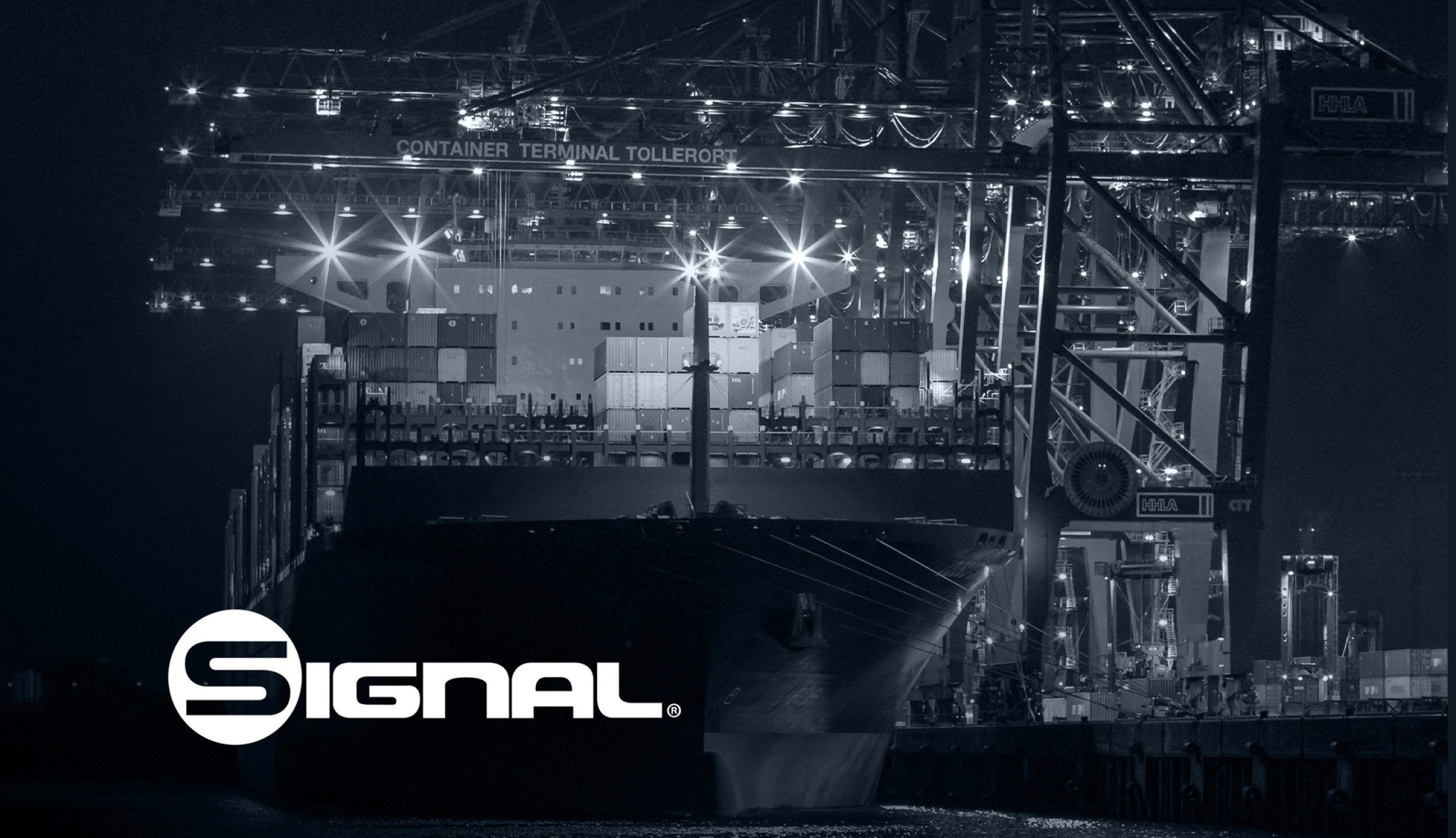









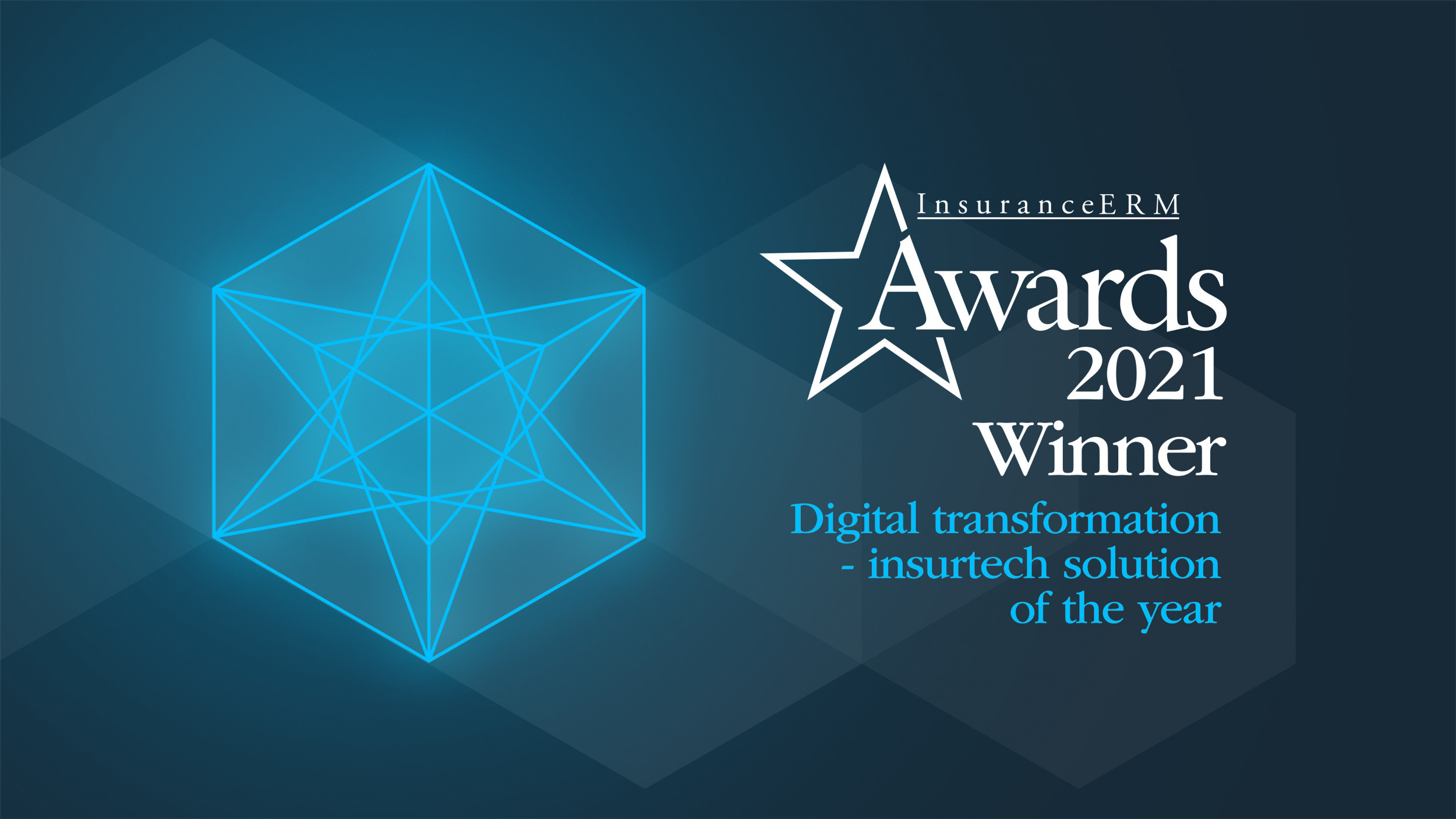

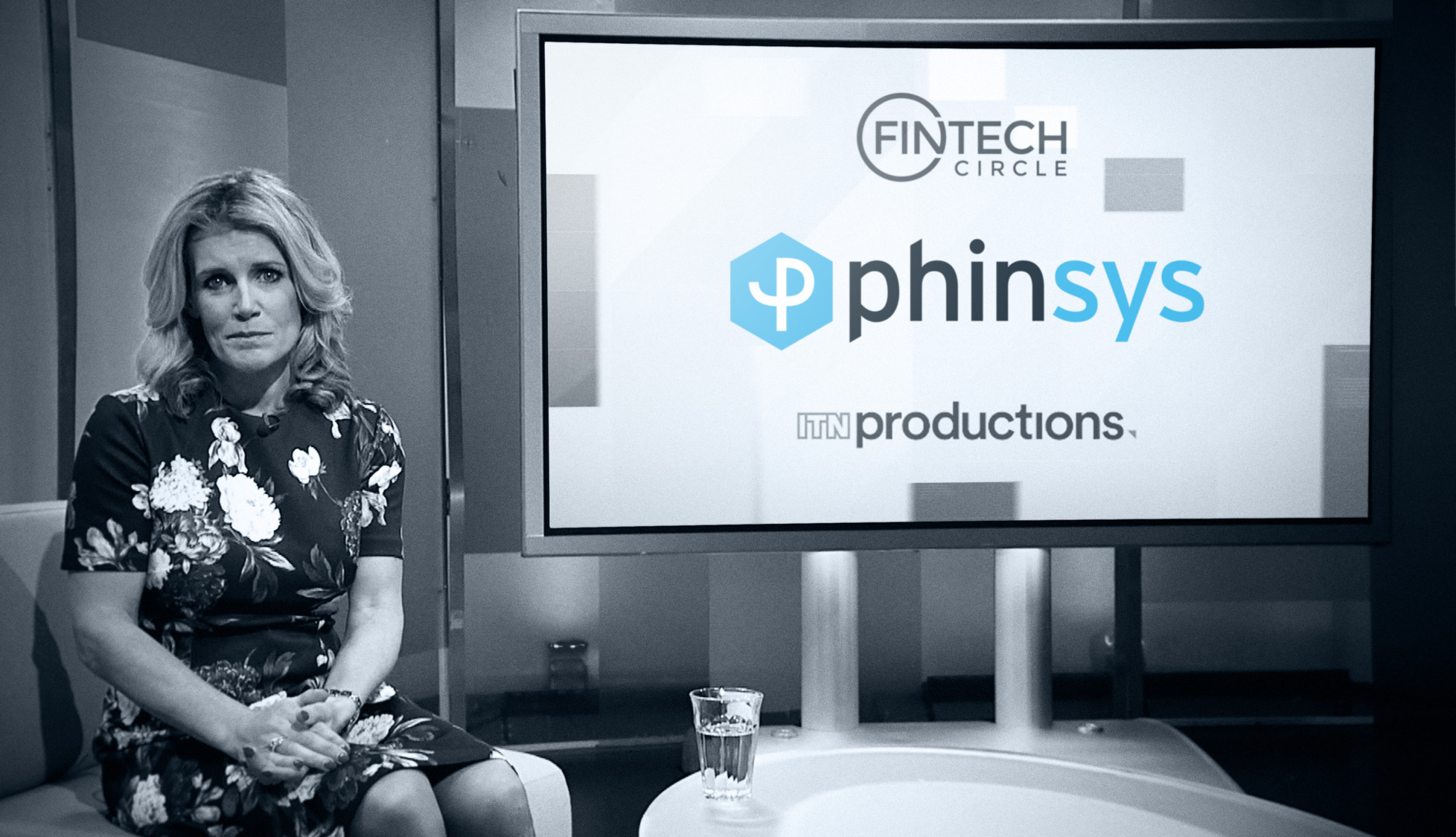

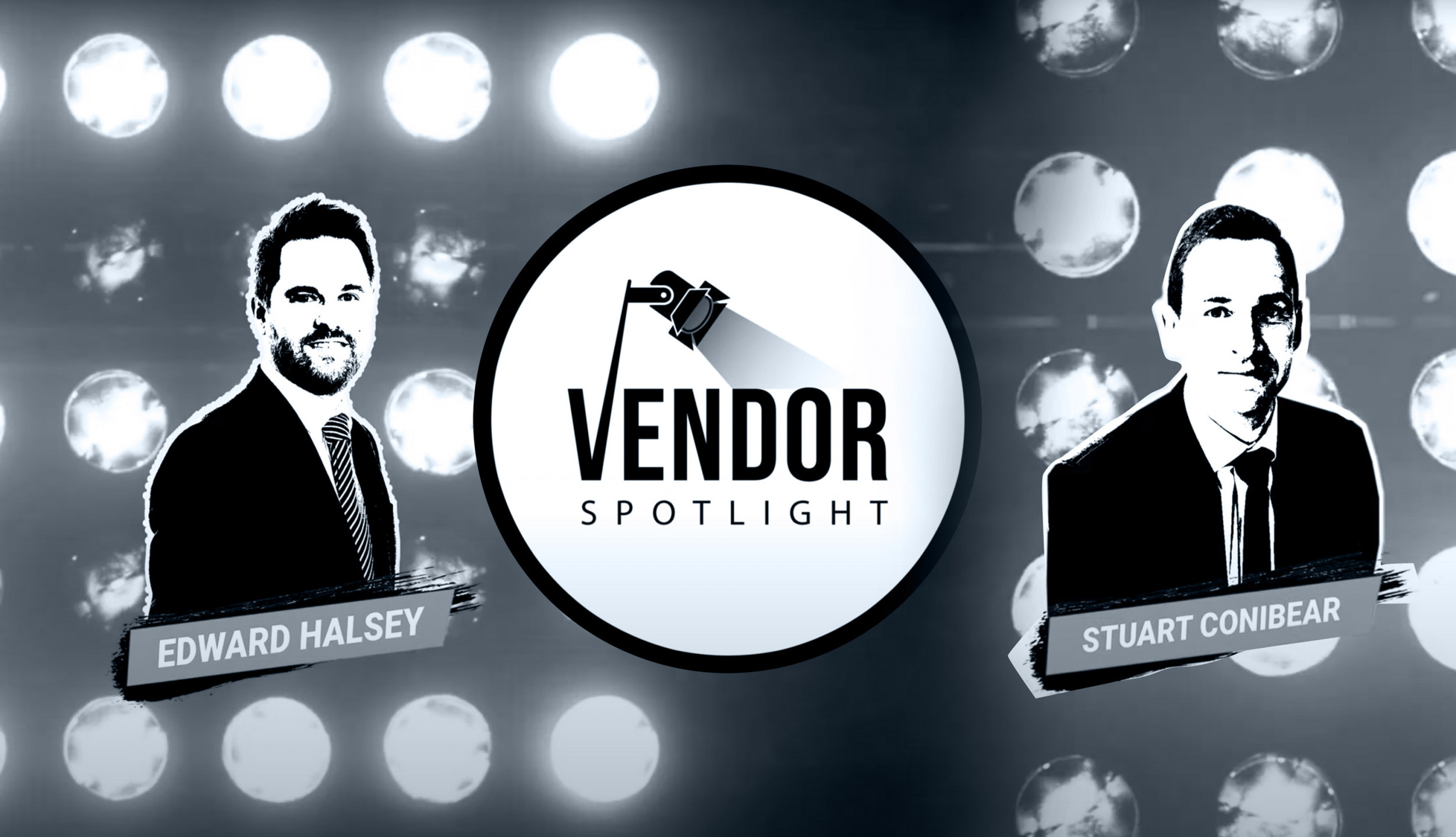









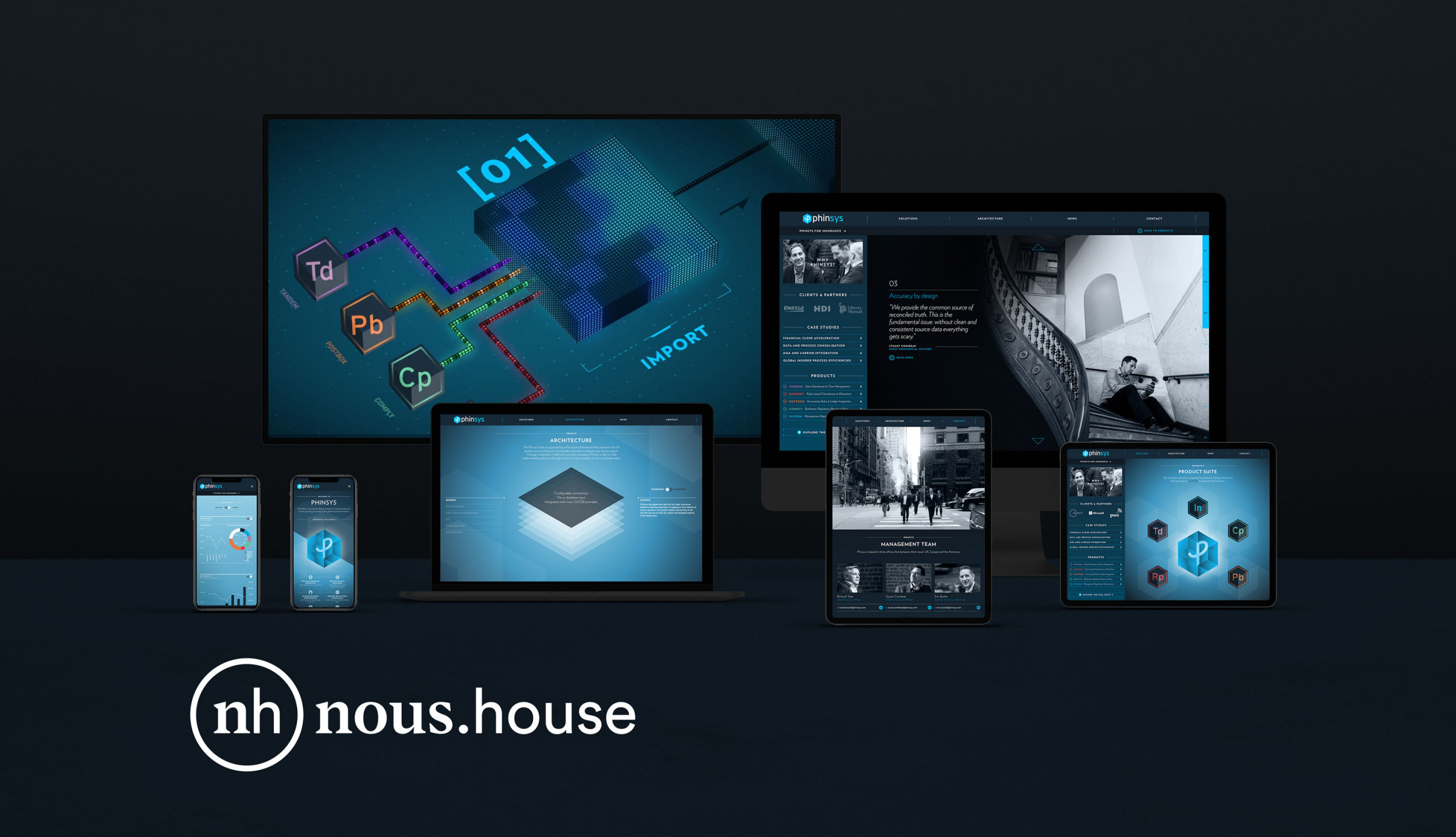





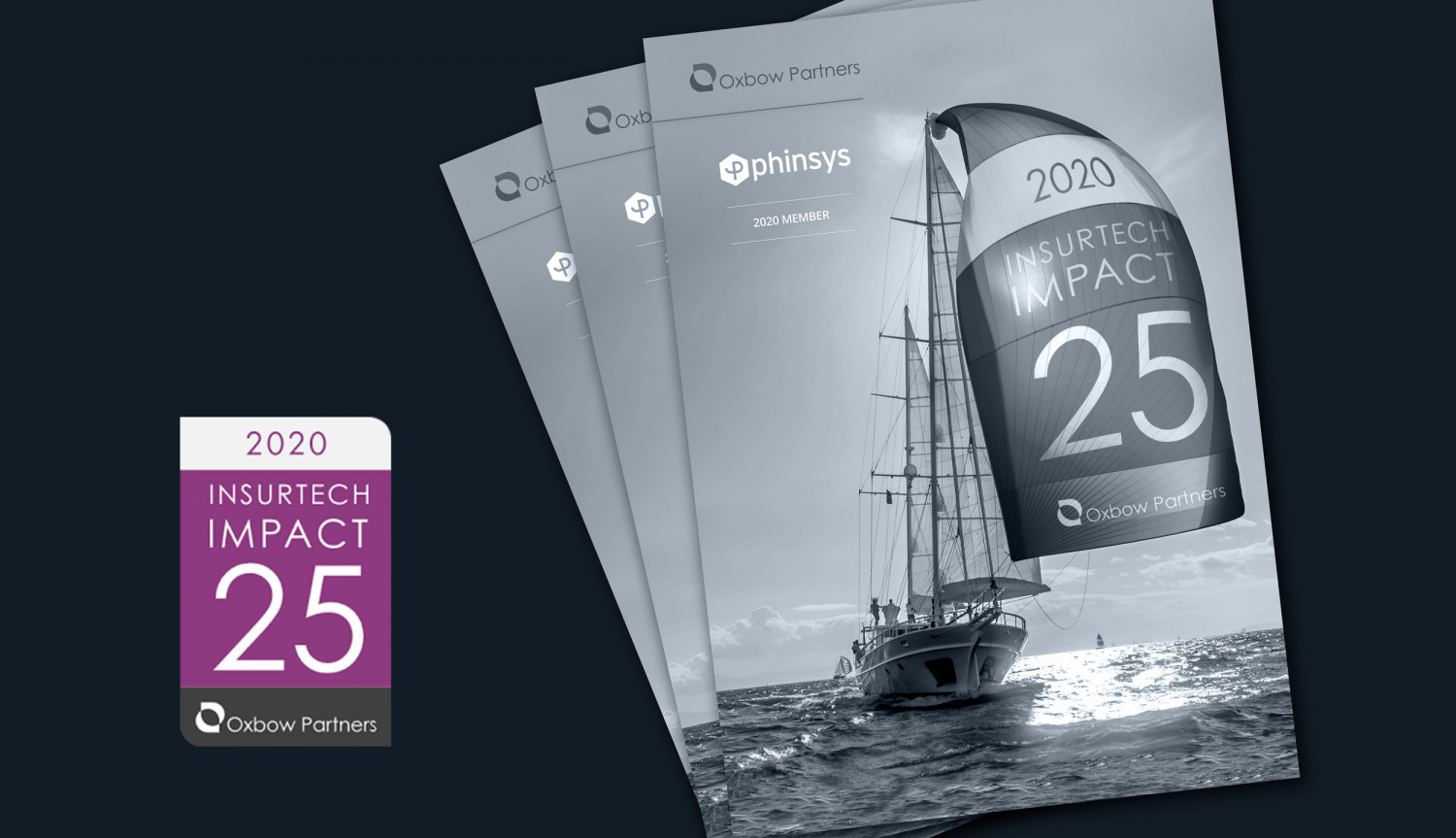





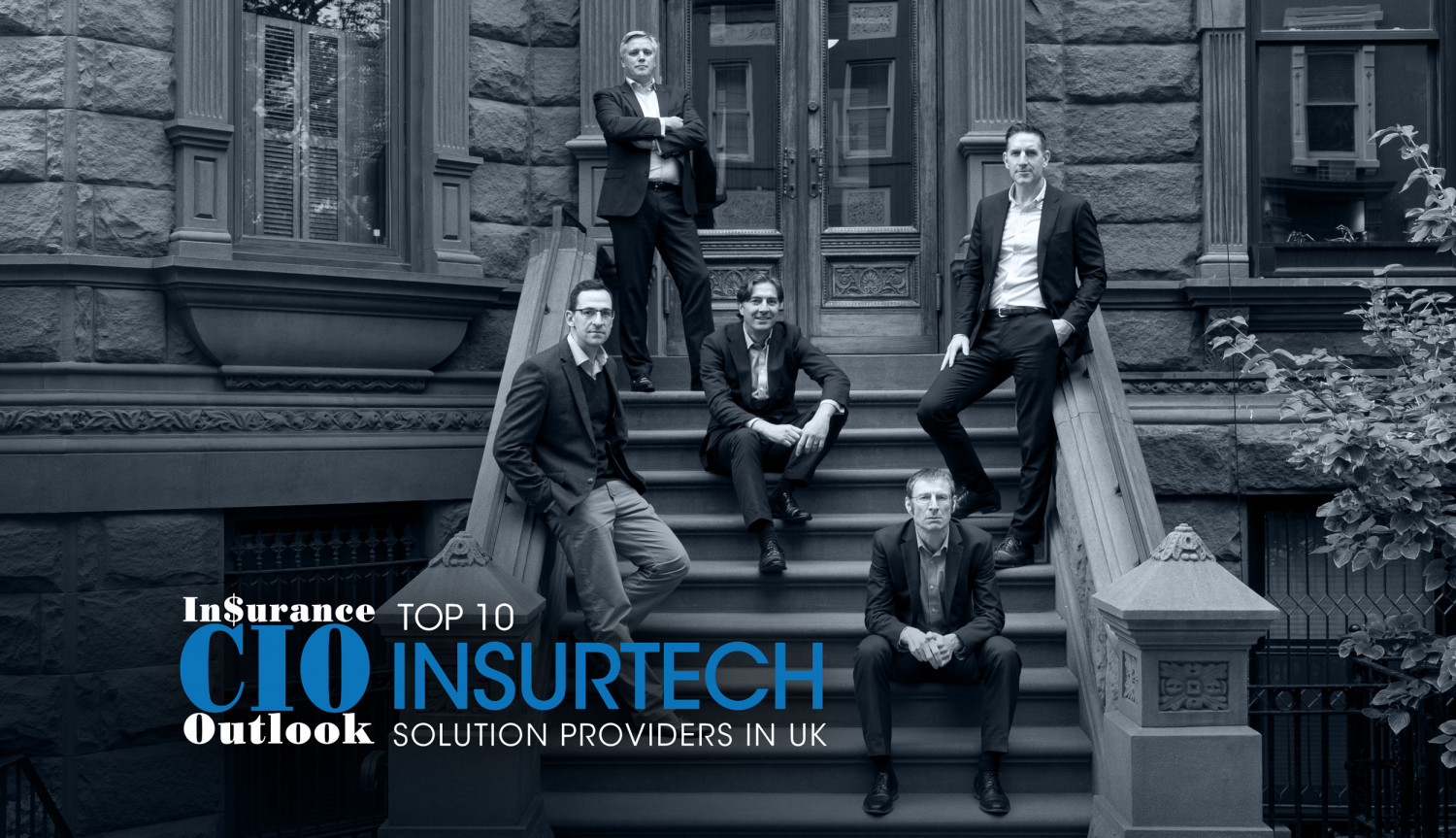

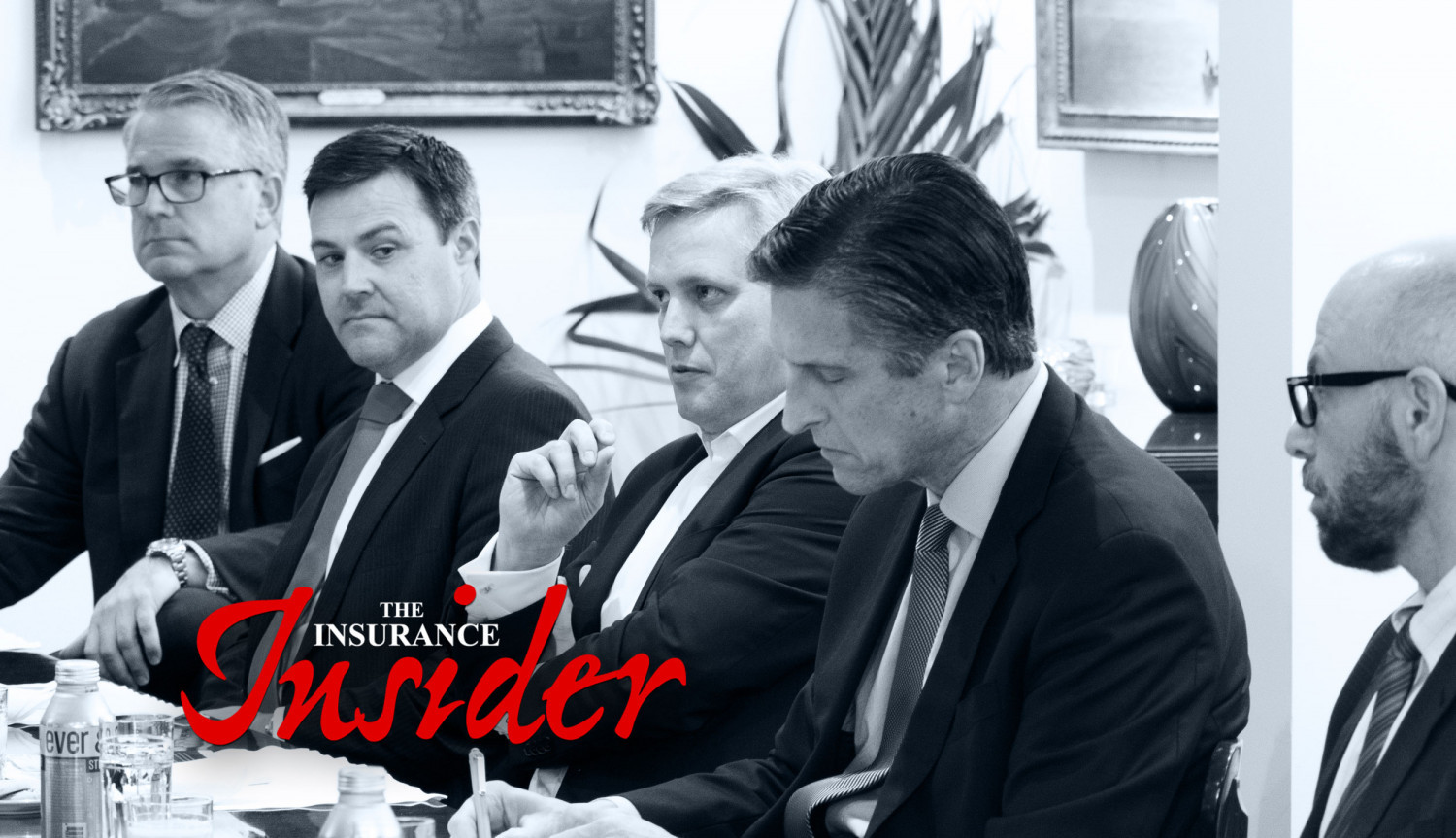



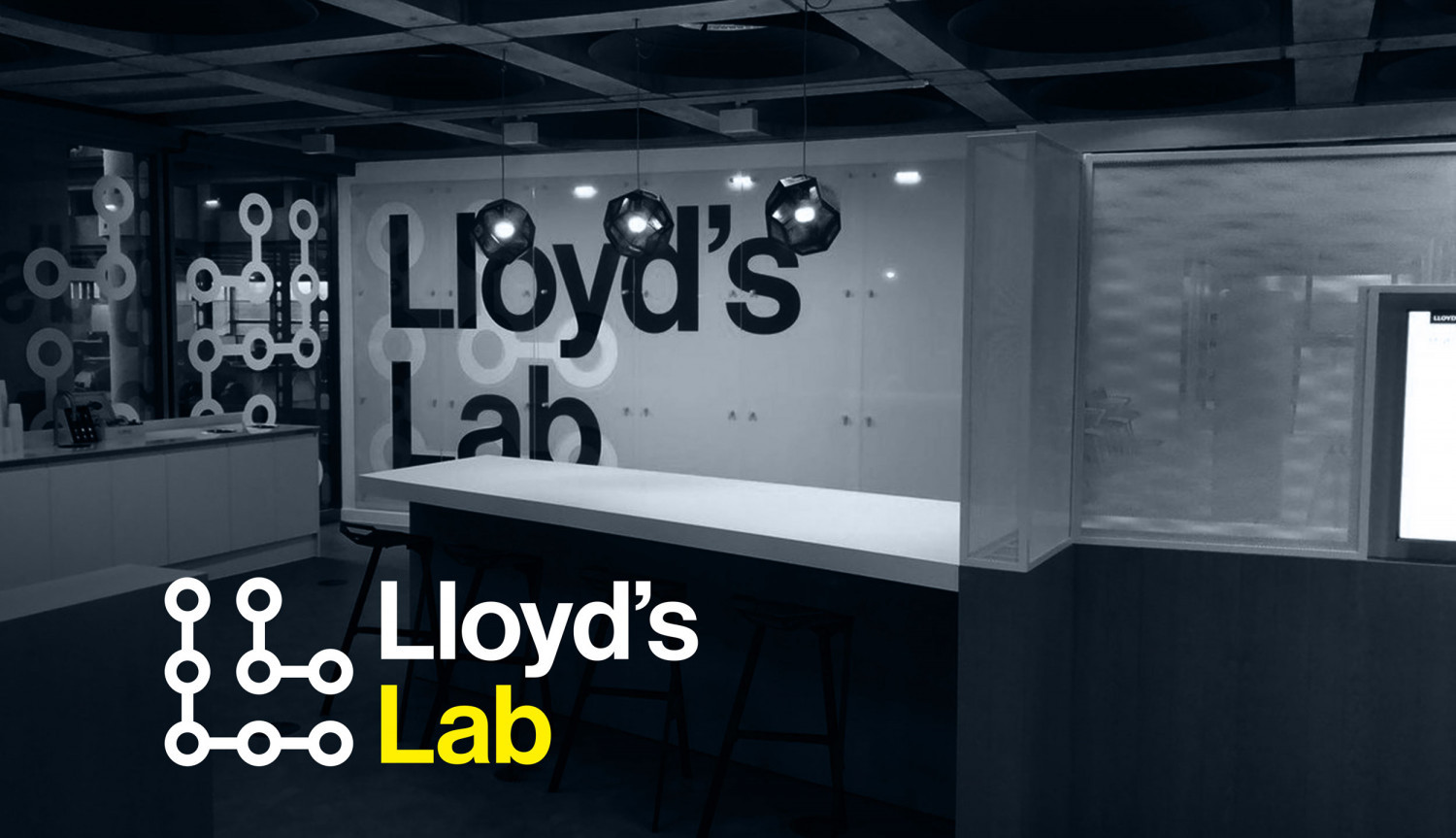





Welcome to Phinsys Perspectives, where we speak with influential finance and operations leaders across the insurance sector. In this edition, we sit down with Stuart Bridges, Co-Founder and Chief Financial Officer of Inigo.
A seasoned industry leader with a career that includes the Group CFO roles at Hiscox, Nex Group, and Control Risks Group, Stuart helped launch Inigo in 2020—during the height of the pandemic. In this conversation, he reflects on what it took to scale a data-led insurer from the ground up, how culture, simplicity, and capital discipline underpin their approach, and why finance must be embedded in strategy—not just reporting.
Q1: You’ve held senior finance roles at several well-known firms. What inspired you to help found Inigo, and what kind of company were you trying to create from the beginning?
The idea for Inigo came from a conversation between three of us during lockdown—me, Richard Watson, and Russell Merrett. We saw an opportunity to build something new. The market conditions at the time were favourable, and we wanted to return to what we felt was the best of insurance: a company led by underwriting.
We decided early on to focus on larger risks where claims are likely to be of higher severity and lower frequency, and only on lines where we had deep expertise. Initially no delegated authority, no MGAs—just high-quality, in-house underwriting. That simplicity in scope has helped us grow quickly without overcomplicating operations.
Culturally, we aimed for something professional, collaborative, and enjoyable—with a strong emphasis on analytical talent and scientific thinking. That’s given the business its great energy and momentum.
Q2: Inigo describes itself as being driven by the “science of risk.” How does that philosophy influence your role as CFO and the way finance operates?
The science of risk isn’t just a slogan—it’s foundational to how we think. From a CFO’s perspective, it’s less about finance being scientific in isolation, and more about how the entire organisation is now data-literate and analytical. Our teams use numbers to inform nearly every decision.
We also built our data lake early on—everything connects into that, including finance. And with tools like Phinsys, we’ve been able to automate much of the finance layer, linking actuarial and accounting data in a clean and efficient way.
Having actuaries in key leadership roles, and a clean tech stack from day one, allows us to apply mathematical rigour in underwriting, planning, and reinsurance. That naturally flows into finance and capital management too. It’s a far cry from how the market operated earlier in my career.
Q3: Inigo recently published a Global Forecast Report on emerging risks. How do you see initiatives like that shaping your internal thinking and long-term strategy?
The explosion of vast quantities of data surrounds us all. Working out what is valuable and what to ignore is a skill we are passionate in pursuing. This report is an expression of our commitment to staying ahead of the curve. Understanding emerging risks is our business but the interpretation of data is how we seek to differentiate —whether geopolitical, environmental, or otherwise. Publishing the report reinforces our love of data and that we’re forward-looking and analytical in our thinking. Internally it informs our stress testing, capital modelling, and underwriting strategy. Externally, it shows we’re thinking deeply about illuminating the relationship between data and risk. I’m not a fan of the term “thought leadership,” but this is the kind of thinking we want to be known for.
Q4: The Risk Ambassador programme is quite distinctive. From your perspective, what role does that play in building culture and brand value?
We wanted to differentiate ourselves in a market where most websites—and brands—can feel interchangeable. The Risk Ambassadors showcase people who take calculated, high-stakes risks, but do so with discipline and preparation. It mirrors our own approach to risk.
It also gives our brand personality. Many insurance companies look and sound the same. We wanted something more engaging—a way to communicate what matters to us as a business: preparation, expertise, and clarity.
Internally, it reinforces our culture. Our people are curious, data-literate, and collaborative. The programme gives voice to that ethos. And it helps new recruits connect with our values from day one—it’s more than branding; it’s signalling who we are.
Q5: Innovation often requires investment ahead of return. How do you decide where and when to invest—whether in tech, people, or processes?
We always look at whether something will create long-term value. If it supports underwriting or data, the answer is almost always yes. That's our differentiator.
We've built tools in-house like the Workbench, which gives underwriters real-time visibility into risk appetite, exposures, and limits. That took investment, but the payoff is huge in terms of accuracy and speed.
Elsewhere, we keep it simple. For finance and admin, we use proven systems off the shelf. The cloud lets us do that efficiently.
AI is also part of our roadmap, but we’re applying it through focused, discrete projects rather than attempting a wholesale redesign.
What’s key is alignment—we’re not investing in tech for its own sake. We tie every investment decision to strategic goals. And we make sure the people using the tech are involved in choosing it.
Q6: With regulation evolving rapidly—ESG, IFRS 17, operational resilience—how are you preparing your finance team and the wider business to stay ahead of these evolving expectations?
The volume of regulation is growing, and it can feel like a burden. But good regulation brings transparency and trust to the market. Although we do not report under IFRS 17, we considered the requirements of IFRS 17 as part of our implementation to maintain flexibility for the future.
We approached IFRS 17 methodically: start with solid systems, then add tools like Phinsys that aligns data between finance and actuarial. That integration has allowed us to comply with the standard without creating unnecessary operational burden—and it supports broader goals like auditability and process control.
On ESG and resilience, we take a pragmatic view. It has to add real business value, not just box-ticking. If you approach it that way, you can use regulation as a catalyst to improve systems, governance and results.
And the regulatory environment isn’t static. That’s why we invest in flexibility. Our systems and processes are designed to adapt as rules change, and we stay close to the market and peers through committees and forums to keep ahead.
Q7: The CFO role has changed dramatically in recent years. Where does finance have the biggest influence across Inigo today?
For me, being CFO means being a company director first—everything is interconnected. Finance is central to strategic decision-making and capital allocation, and our data capabilities help us partner effectively across the business.
We’ve built a central data lake that serves as our single source of truth—feeding finance, reserving, operations and management information. It gives us speed, consistency, and confidence.
Q8: What are the key indicators you look at to assess how Inigo is performing—not just financially, but operationally and culturally?
Financially, we look at return on equity. It’s comprehensive—it captures underwriting, investment return, expenses, and capital efficiency in a single number.
Operationally, we follow a principle of “radical simplicity.” If something’s too complex, it probably isn’t worth doing. That mindset helps keep our operating expense ratio low.
Culturally, we rely on external benchmarks. The Lloyd’s employee survey has been a great tool—we’ve ranked near the top in the past two years, and that tells us our people are engaged and aligned while providing insights we can act on.
Q9: Inigo has scaled quickly in just a few years. What are some lessons from building a finance function in that kind of high-growth environment?
One of the biggest lessons is: don’t try to do everything at once. We focused first on underwriting systems and data. Finance came later—but that was deliberate.
You need stable ground before layering in finance tools. Phinsys, for example, works best when your data flows are clean and reconciled. That’s what we’ve achieved—and it’s meant we can deliver accurate, timely financial results with minimal manual intervention.
Also, hire people who are comfortable with change. The first few years of any start-up are chaotic. You need a team that can flex but still deliver.
And know when to stop building and start refining. We’re now at the point where we’re consolidating what we’ve built to ensure it scales effectively.
Q10: What advice would you give to other CFOs looking to modernise their teams—whether through tech, ways of working, or culture?
Focus on people first. Technology is important, but it only works if you have the right team.
Then, stabilise your core systems before layering in new platforms. Avoid changing everything at once—it creates unnecessary complexity.
And finally, don’t underestimate the value of simplifying your operating model. It makes everything else—tech, compliance, culture—easier to get right.